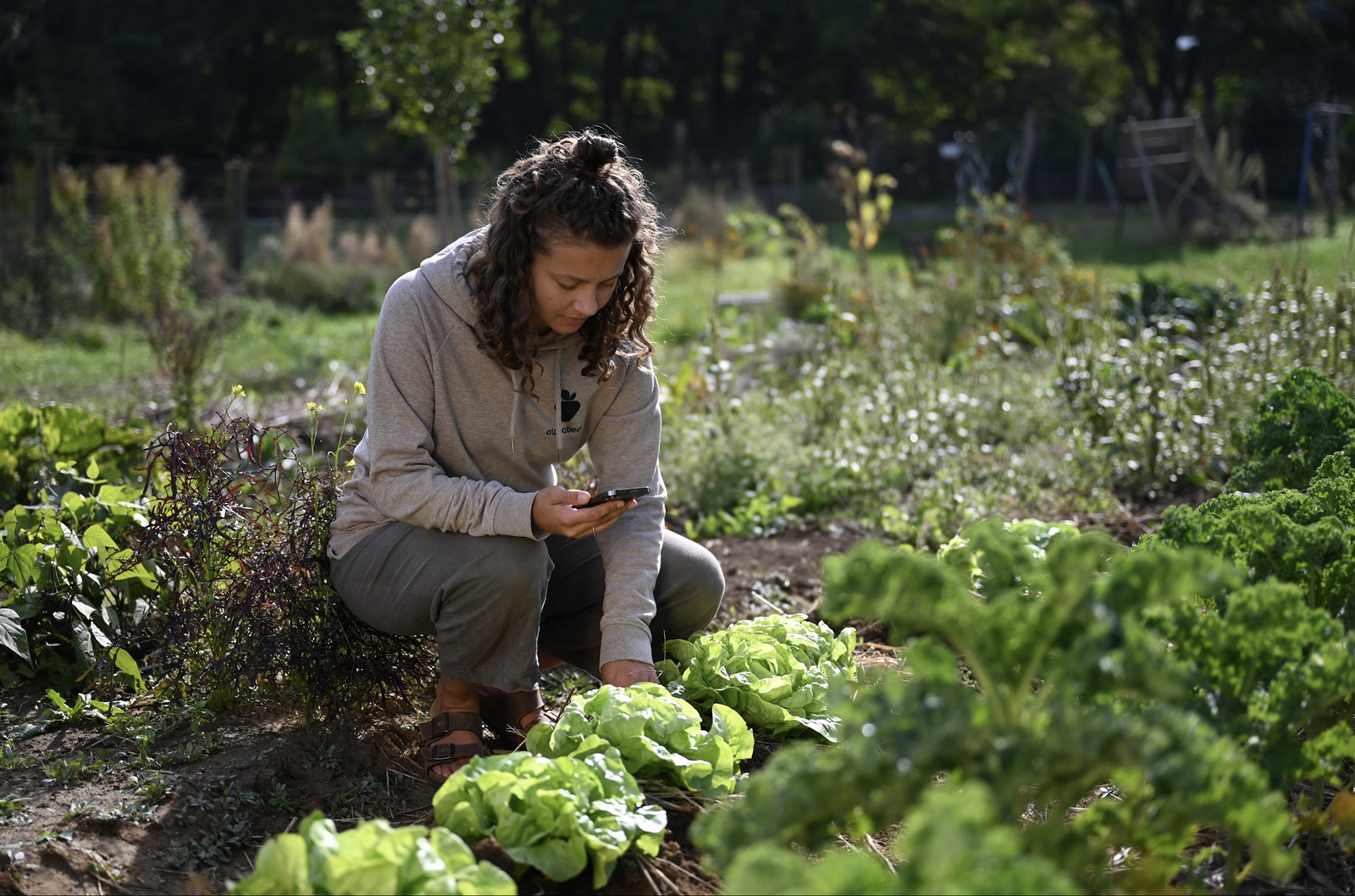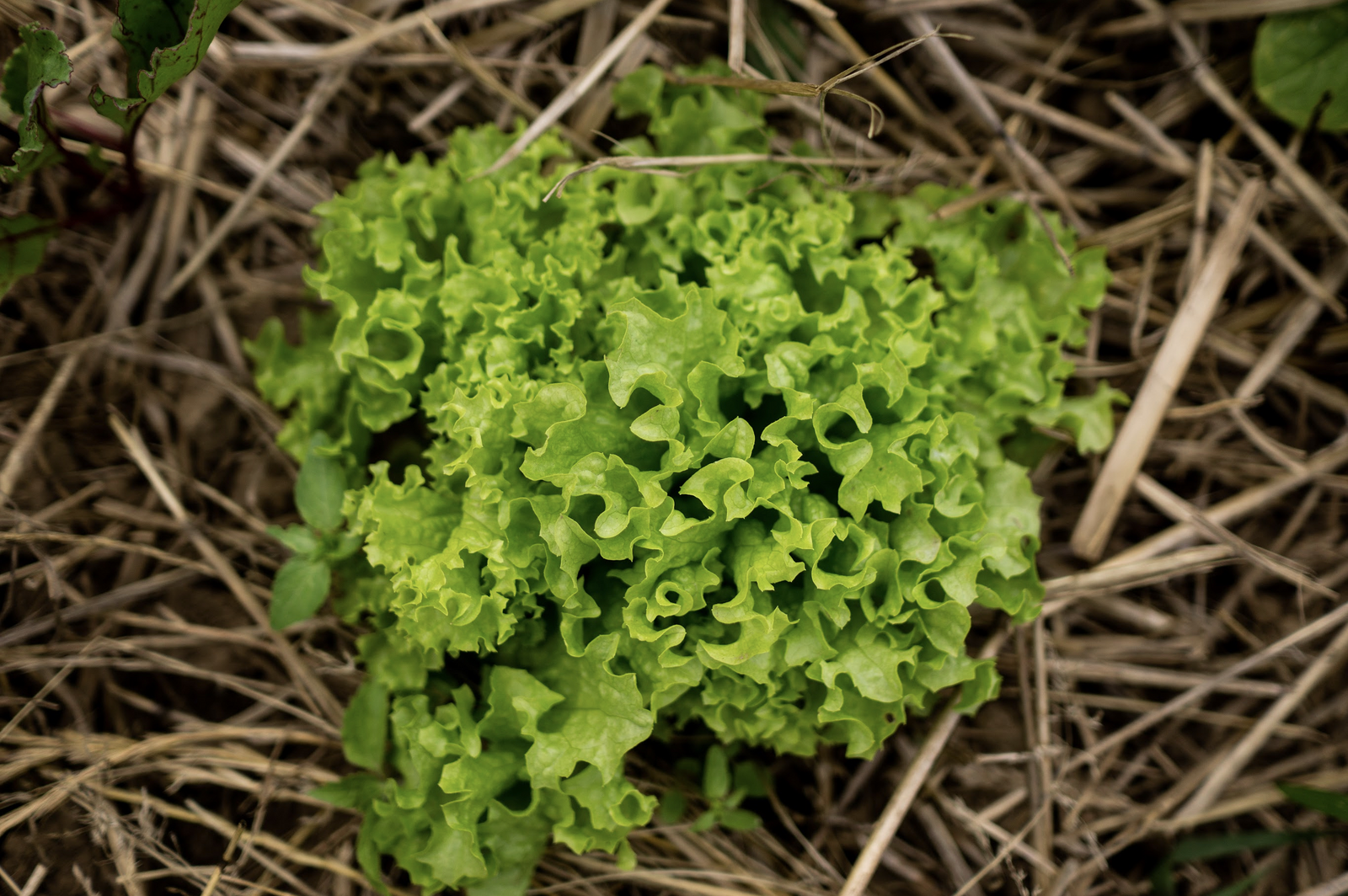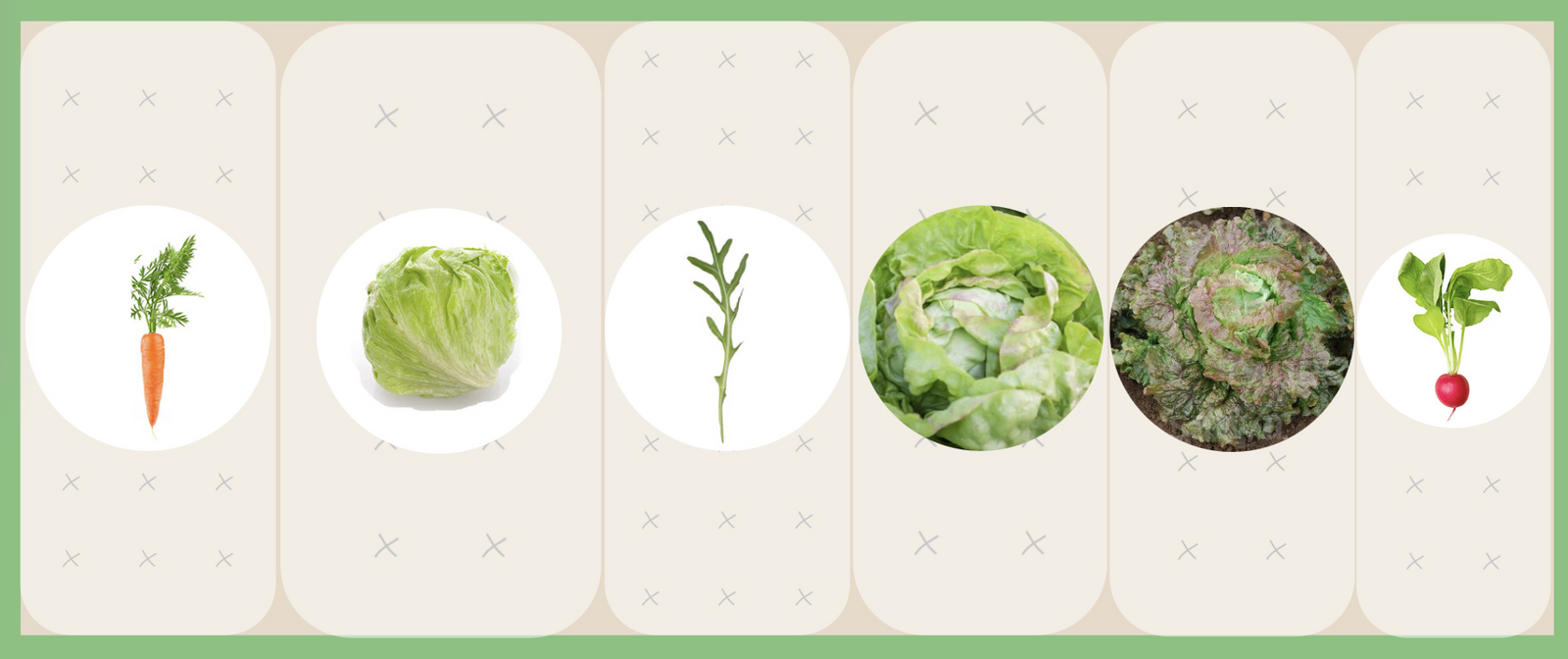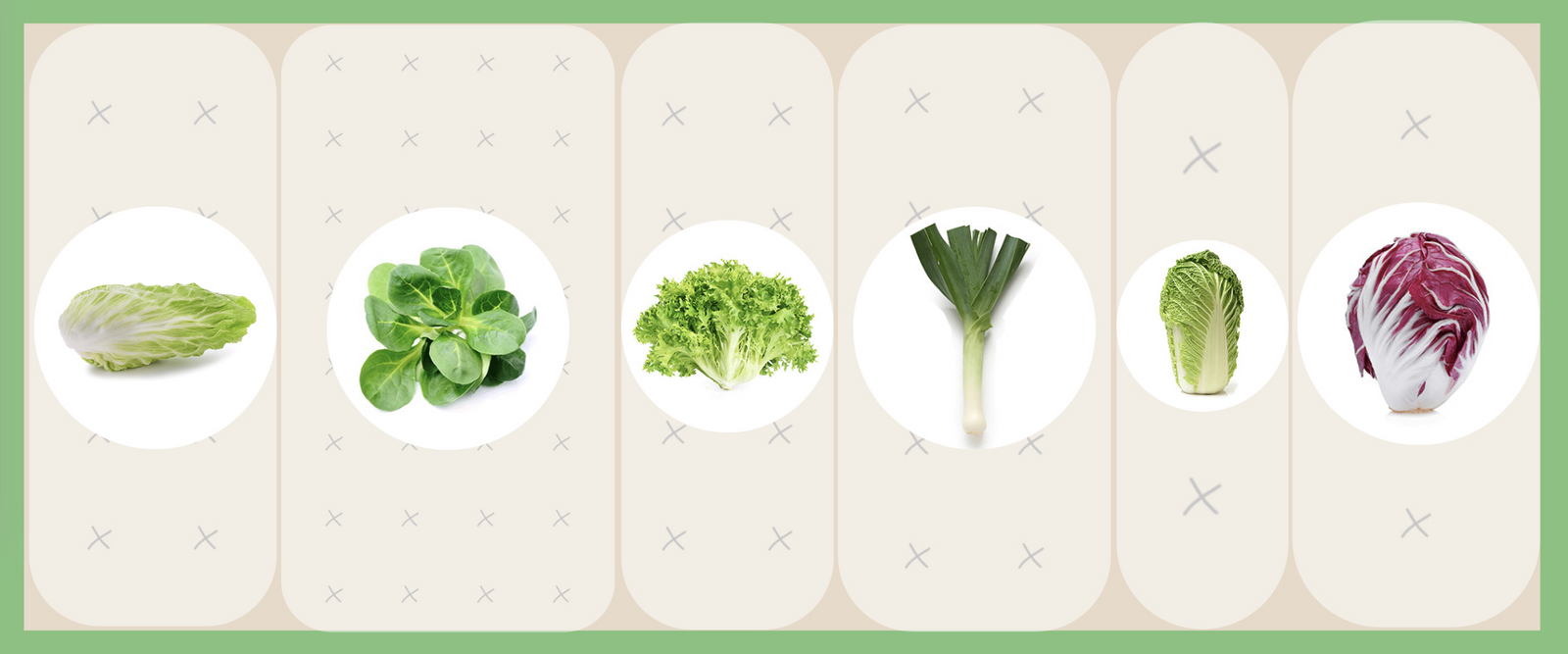
Companion Plants for Lettuce: What to Plant/Not to Plant With Lettuce
There is hardly a vegetable patch without lettuce - easy to grow and care for and a good intercropping partner for many vegetable plants. In this article, we provide an overview of good and bad companions for lettuce. It depends on the lettuce variety which plants can be planted next to it. Lettuce and lettuces have other good companions than chicory such as endive, chicory and radicchio.
This Article Contains:
- Planting Lettuce: What You Need to Know
- Companion Planting With Lettuce: What to Plant Next to Lettuce?
- Companion Planting With Lettuce: Head and Picking Lettuce
- Chicory, Sugar Loaf, Radicchio in Mixed Cultivation
- Planting Endive: Companion Planting
- Crop Rotation With Lettuce
- Crop Rotation - What You Need to Consider
- Mixed Crop Planting Plan With Lettuce: An Example
- Frequently Asked Questions About Lettuce in Mixed Cultivation
Quick Overview
Lettuce in Mixed Culture
- Planting distance: up to 25 x 25 cm/9,8 x 9,8 in
- Location and soil: semi-shady, moist location with humus-rich, loose soil
- Light feeder (low nutrient requirement) & shallow rooter
- Good gap filler in a mixed culture
- Table for Good and Bad Companion Plants
Chicory, Zuckerhut, Radicchio: Companion Planting
- Planting distance: varies depending on variety - chicory 10 x 30 cm/3,9 x 11,8 in; sugar loaf 30 x 30 cm/11,8 x 11,8 in; radicchio 30 x 40 cm/11,8 x 15,7 in - endive 30 x 25 cm/11,8 x 9,8 in
- Location and soil: sunny but moist location with humus-rich, loose soil
- Medium-feeders (medium nutrient requirement) & deep roots
- Not a good gap filler
- Companion Plants of Chicory, Sugar Loaf and Radicchio
- Endive Lettuce in Mixed Culture - Table for Good Companion Plants
Planting Lettuce: What You Need to Know
Lettuce is a term by which we actually mean a variety of different leafy vegetables. We use it to describe the classic garden lettuce in the form of cut lettuce and lettuce heads as well as lettuces of the genus 'chicory' such as endive and chicory. But we also refer to lamb's lettuce, rocket and postelein as lettuce. Botanically speaking, however, these leafy vegetables are not part of the garden lettuce family. You can find out more about Growing Lettuce and Tips on Care and Harvesting here.
For this reason, it is difficult to generalize good and bad companions for lettuce. Each plant must be considered differently. Below we will list suitable planting companions for various garden lettuces and chicory.
Companion Planting With Lettuce: What to Plant Next to Lettuce?
In general, it can be said that most lettuces, especially lettuce and leaf lettuce, are light feeders with low nutrient requirements. Chicory lettuces are an exception here: endives, chicory, sugar loaf and radicchio are medium feeders. Apart from that, their demands on the soil are not particularly high, they just need sufficient moisture. This makes them a great intercropping partner, especially for hungry, heavy-eating vegetable plants. In general, however, lettuces have some good companions and are very well tolerated in the vegetable patch. It is also a fast-growing crop that quickly makes room for itself. All these reasons make lettuce a good gap filler. So if you still have space in the bed, you can Sow Lettuce without hesitation.

Want to Plan a Mixed Crop?
With our bed planner, you can easily plan a colourful mixed crop. Good and bad companion plants are displayed directly and you get tips on succession planting and crop rotation!
Plan Your Bed Now
The great thing is that there are so many different types of lettuce. No matter when in the year, you can find a variety that can be sown right now. There are even some winter lettuces for growing during the cold season. If you plan your beds well in advance, you can harvest and enjoy fresh lettuce from the garden all year round. Now you may be wondering when you can sow which lettuce. You can find an Overview of Sowing Times for All the Lettuce Varieties mentioned here in this article.
Companion Planting With Lettuce: Head and Picking Lettuce
Lettuces such as lettuce and leaf lettuce are a classic in the vegetable patch. There is a wide range of lettuce varieties that differ in their appearance, taste and growing period. To be able to harvest fresh lettuce all year round, you can simply plan different summer and winter lettuces. You can get an Overview of the Different Types of Lettuce in this article. Lettuces don't need much space in the bed; a 25 x 25 cm/9,8 x 9,8 in space is usually enough. Garden lettuces can therefore fill the gaps in the bed that arise between crops. This way, the soil is covered and protected from erosion and evaporation. With its shallow roots, lettuce is a particularly good companion for medium to deep-rooted crops. But they are also 'sociable' plants and you can plant them next to almost any crop.
Table for Head Lettuce and Leaf Lettuce: Good and Bad Companion Plants
- Location and soil: semi-shady, moist place with humus-rich, loose soil
- Nutrient requirements: light feeder
| Good Companion Plants - Vegetables | - Herbs and Flowers | Bad Companion plants |
|---|---|---|
| artischocke | borage | celery |
| asparagus | chervil | jerusalem artichoke |
| beans | chives | lovage |
| beetroot | coriander | parsley |
| cabbage | dill | root parsley |
| carrots | fennel | sage |
| chickpeas, peas | marigold | |
| cucumber | mint | |
| leek | oregano | |
| nightshade plants | savory | |
| onions, spring onions | tarragon | |
| postelein | ||
| radishes | ||
| rhubarb | ||
| rocket | ||
| rutabaga | ||
| salsify | ||
| spinach | ||
| strawberry | ||
| sweetcorn | ||
| turnip |
Chicory, Sugar Loaf, Radicchio in Mixed Cultivation
Chicory, sugar loaf and radicchio, as well as endive, belong to the chicory family. They therefore form a genus of their own and their companions differ from lettuce. Their growth habit is also different, especially their root growth: chicory develops long taproots, which makes it less suitable as a 'gap filler'. Sugar loaf and radicchio need a relatively large amount of space in the bed (30 x 30/40 cm//11,8 x 11,8/15,7 in), depending on the variety. Chicory, on the other hand, grows narrowly in height and only needs 10 x 30 cm/ 3,9 x 11,8 in in the bed.
Good Compaions, Bad Companions
- Location and soil: sunny but moist location with humus-rich, loose soil
- Nutrient requirements: medium feeder
Good Companion Plants - Chicory, Radicchio, Sugar Loaf
| Chicory | Radicchio | Sugar loaf |
|---|---|---|
| beetroot | beans | carrots |
| caraway | borage | fennel |
| carrots | carrots | kohlrabi |
| fennel | dill | lettuce |
| leek | fennel | parsnips |
| lettuce | nasturtium | peas |
| parnship | peas | radishes |
| pea | tomatoes | spinach |
| runner bean | tuberous fennel | tomatoes |
| tomatoes |
Bad Companion Plants for these crops
| Chicory | Sugar loaf | Radicchio |
|---|---|---|
| potatoes | celery | artichoke |
| lettuce | lettuce | black salsify and salsify |
| parsley | celery | |
| potatoes | cress | |
| lettuce | ||
| lovage | ||
| parsley | ||
| radishes and radish | ||
| root parsley |
Planting Endive: Companion Planting
Endive is only sown and planted out in late summer (between June and August). Compared to head and cut lettuce, endives require more nutrients and are medium feeders. Plant endives at a distance of 30 x 25 cm/11,8 x 9,8 in. It doesn't matter if the plants are a little closer together. This only encourages the leaves in the heart to turn yellow, which makes them particularly tender.
Table - Endive Lettuce: Good and Bad Companion Plants
- Location and soil: sunny, moist with humus-rich, loose soil
- Nutrient requirements: medium feeder
| Good Companion Plants | Bad Companion Plants | |
|---|---|---|
| cabbage | marigold | celery |
| carrots | oregano | jerusalem artichoke |
| chickpeas | peppers | lovage |
| chilli | rocket | radicchio |
| fennel | runner beans | sage |
| leek |
Crop Rotation With Lettuce
The best thing to do is to plant a medium- or high-yielding plant in the place where a lettuce plant was in the bed. If you want to plant lettuce again immediately afterwards, it is best to choose a different type of lettuce such as chicory lettuce, rocket or postelein. In the event of an infestation with mildew, however, you should avoid lettuce and take a break from growing for two to three years.
Crop Rotation - What You Need to Consider
As lettuce is a Light Feeder, crop rotation does not play such a dominant role. So it's not so bad if you grow lettuce in the same place two years in a row. However, you should make sure that no diseases or pests become established in your soil over the years. We therefore recommend that you do not grow any other composite plants in the same place for 3 years. The same applies to "salads" from other plant families. After rocket, for example, you should refrain from growing other cruciferous plants. However, you don't need to worry about postelein and lamb's lettuce, as they are almost the only representatives of their family in our beds.
Mixed Crop Planting Plan With Lettuce: An Example
Pre-crops Until June/July - Summer Salads

Chicory is a winter salad and is only sown and planted in summer. You can therefore grow and harvest other crops until June/July. Plants that can be cultivated early in the year are suitable for this. From March, you can sow early carrots (such as 'Japanese Red Kintoki') and an early radish variety such as 'Cherry Belle' directly into the bed. You can also start growing lettuce: You can now propagate iceberg lettuce, rocket and lettuce (e.g. the variety 'Maikönig') or the Batavia lettuce 'Lattughino Rosso'. You can then plant out the lettuce seedlings between March and April. If you want to plant your bed all year round, you should plan accordingly and use the space for other purposes. For example, you can sow a green manure over the winter, which will grow in the bed for as long as it takes or whose dead material can protect the area. Or, you can plant overwintering crops that can remain in the field for the winter.
Winter Salads From July/August

Sugar loaf, endive and radicchio are either grown in advance or sown directly, depending on the variety, between May and June. Pre-grown young plants are planted in the bed in June/July. You can also plant out the young leek plants and sow Chinese cabbage directly. The Chinese cabbage, radicchio and winter divia do not stay in the bed for long and are harvested by November at the latest. You can then even plant a subsequent crop such as kale or pointed cabbage for the winter. A little later, from August, lamb's lettuce is sown or planted . Here you can also sow your lamb's lettuce rows in staggered rows. The 'Baron' variety can be sown until April and harvested until June. Sugar loaf and leek can also be left in the bed for a relatively long time, until February.
Want to get helpful gardening tips all year round and plan your own beds in the best possible way? Then register here or download the Fryd app for Android or iOS.
Fryd - your digital bed planner
Marie
Current Topics in the Community

#red , #tuesday

Liked 1 times
#testpostcount

Dec 2025
Popular Articles

Companion Plants for Carrots: What (Not) to Plant With Carrots

Companion Plants for Celery : What (Not) to Plant With Celery?

Strawberry Types: List of Best Strawberry Varieties

Companion Planting With Strawberries: Companion Plants and Planting Plan

Basil Varieties & Types at a Glance

What to Plant With Cabbage: Good and Bad Companion Plants

Fertilizing Strawberries: Home Remedies & Natural Fertilizers at a Glance

Growing Sweet Potatoes: Tips on Cultivation & Companion Plants

Companion Plants for Kitchen Herbs: Chives, Parsley & Co

What Herbs Can Be Planted Together?
FAQ
What are good companion plants for lettuce and leaf lettuce in mixed cultivation?
Good companions for these salads are artichokes, beans, peas, strawberries, cucumbers and carrots.
What should I bear in mind when intercropping with chicory and sugar loaf?
These lettuce varieties need a sunny, moist location and have medium nutrient requirements. Good neighbors are peas, fennel and carrots.
Which vegetables should not be planted next to lettuce?
Bad companions for lettuce include potatoes and various types of cress and celery.
How does crop rotation influence the cultivation of lettuce?
Lettuce is a weak eater and can follow well on areas where strong eaters previously stood. It is advisable to grow different plant species after lettuce to minimize pest infestation and disease.